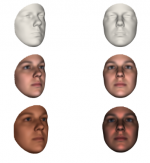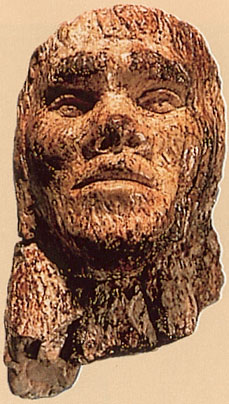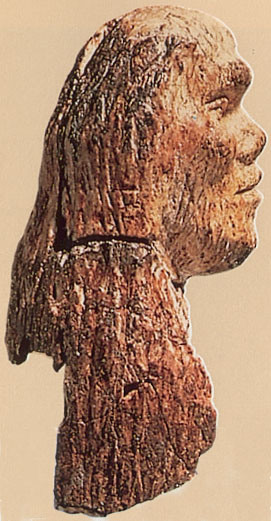bicicleur 2
Regular Member
- Messages
- 6,367
- Reaction score
- 1,401
- Points
- 113
Genomics of Mesolithic Scandinavia reveal colonization routes and high-latitude adapt
http://www.biorxiv.org/content/biorxiv/early/2017/07/17/164400.full.pdf
This article is a preprint and has not been peer-reviewed
Scandinavia was one of the last geographic areas in Europe to become habitable for humans afterthe last glaciation. However, the origin(s) of the first colonizers and their migration routes remainunclear. We sequenced the genomes, up to 57x coverage, of seven hunter-gatherers excavatedacross Scandinavia and dated to 9,500-6,000 years before present. Surprisingly, among theScandinavian Mesolithic individuals, the genetic data display an east-west genetic gradient thatopposes the pattern seen in other parts of Mesolithic Europe. This result suggests thatScandinavia was initially colonized following two different routes: one from the south, the otherfrom the northeast. The latter followed the ice-free Norwegian north Atlantic coast, along whichnovel and advanced pressure-blade stone-tool techniques may have spread. These two groups metand mixed in Scandinavia, creating a genetically diverse population, which shows patterns ofgenetic adaptation to high latitude environments. These adaptations include high frequencies oflow pigmentation variants and a gene-region associated with physical performance, which showsstrong continuity into modern-day northern Europeans. Finally, we were able to compute a 3Dfacial reconstruction of a Mesolithic woman from her high-coverage genome, giving a glimpseinto an individual’s physical appearance in the Mesolithic.
http://www.biorxiv.org/content/biorxiv/early/2017/07/17/164400.full.pdf
This article is a preprint and has not been peer-reviewed
Scandinavia was one of the last geographic areas in Europe to become habitable for humans afterthe last glaciation. However, the origin(s) of the first colonizers and their migration routes remainunclear. We sequenced the genomes, up to 57x coverage, of seven hunter-gatherers excavatedacross Scandinavia and dated to 9,500-6,000 years before present. Surprisingly, among theScandinavian Mesolithic individuals, the genetic data display an east-west genetic gradient thatopposes the pattern seen in other parts of Mesolithic Europe. This result suggests thatScandinavia was initially colonized following two different routes: one from the south, the otherfrom the northeast. The latter followed the ice-free Norwegian north Atlantic coast, along whichnovel and advanced pressure-blade stone-tool techniques may have spread. These two groups metand mixed in Scandinavia, creating a genetically diverse population, which shows patterns ofgenetic adaptation to high latitude environments. These adaptations include high frequencies oflow pigmentation variants and a gene-region associated with physical performance, which showsstrong continuity into modern-day northern Europeans. Finally, we were able to compute a 3Dfacial reconstruction of a Mesolithic woman from her high-coverage genome, giving a glimpseinto an individual’s physical appearance in the Mesolithic.







